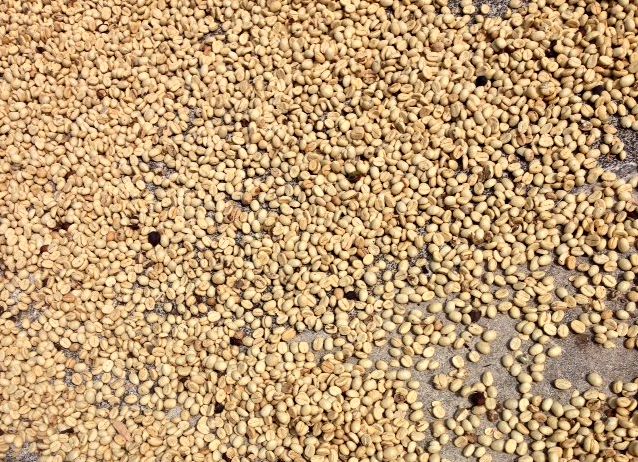 Coffee. You sip it. It will get warm your belly. The aroma wafts close to you. Once in your system, it offers off an electrical boost. No doubt people drink it with gusto, every single day — mid-day — and evening.
Coffee. You sip it. It will get warm your belly. The aroma wafts close to you. Once in your system, it offers off an electrical boost. No doubt people drink it with gusto, every single day — mid-day — and evening.
For six years, the closest I obtained to caffeine, was catching some sniffs. Hazelnut. Cinnamon. Mocha. Vanilla. Every from time to time, I’d indulge getting a caffeine free capped with unsweetened almond milk.
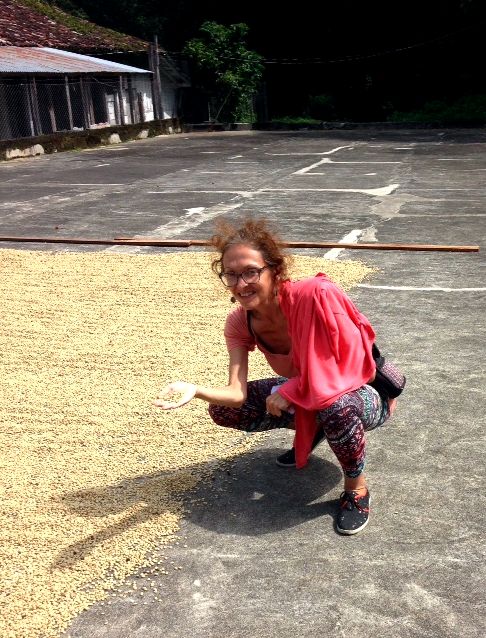 If I broke my caffeine-free lifestyle, recently, I’ll blame Nicaragua.
If I broke my caffeine-free lifestyle, recently, I’ll blame Nicaragua.
In 1999, I used to be in Managua just for a few days, but could stuff my suitcase with coffee going home. Literally. There’s practically nothing because bag except for pinto beans, and possibly a toiletry bag then one change of clothing. The coffee was good, and economical. Plus, I felt the local economy needed my dollars more than Starbucks.
The feel of the most popular coffee devote Managua was indelible, even if I’d forgotten my penchant for consuming the brew. So, after nearly two decades, I returned to Nicaragua. Disadvantage ganas de tomar café.
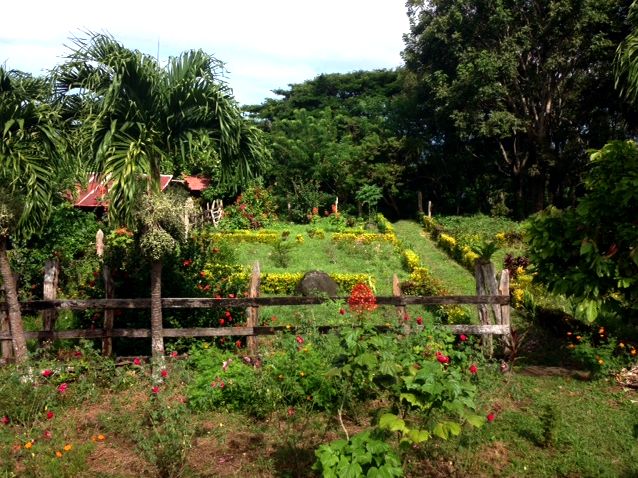 Maybe individuals years once i deprived myself of getting a cafecito finally hit the wall. Or, it absolutely was the scent as well as pinto beans everywhere. I requested for caffeine free but got blank stares. So, I share with the aroma from the real factor. Within the finish, I’m in the major coffee producing country, finish up just like a nearby. Right? Surprisingly, it doesn’t create a jolt. Nor, does it bother my tummy. It’s tasty, and I’m temporarily in love with the ritual of sipping and smelling the brand new brew.
Maybe individuals years once i deprived myself of getting a cafecito finally hit the wall. Or, it absolutely was the scent as well as pinto beans everywhere. I requested for caffeine free but got blank stares. So, I share with the aroma from the real factor. Within the finish, I’m in the major coffee producing country, finish up just like a nearby. Right? Surprisingly, it doesn’t create a jolt. Nor, does it bother my tummy. It’s tasty, and I’m temporarily in love with the ritual of sipping and smelling the brand new brew.
Now, If only to exceed savoring the sips. I decide I must go to the source. So, I mind to two coffee pl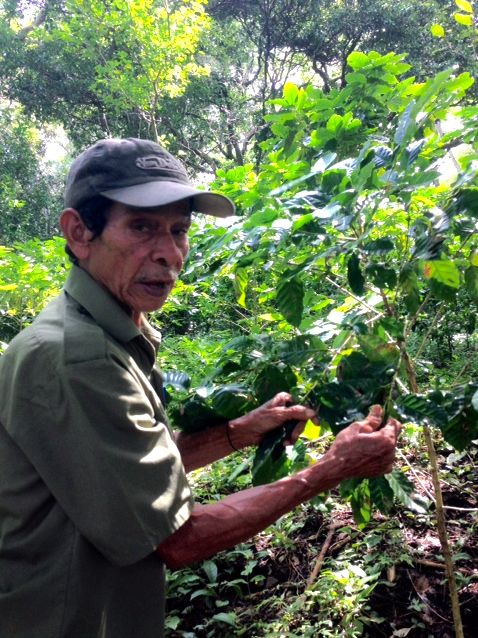 antations in a variety of regions of the united states.
antations in a variety of regions of the united states.
Ometepe can be a beautiful volcanic island with two regal volcanoes visible from miles around. To acquire here, you must have a 60-minute ferry ride from San Jorge, near the capital of scotland- Rivas. Within the ferry landing, you’ll be able to drive another 30-forty-5 minutes to tour a few coffee plantations.
Don Elio is my tour guide. He’s a 70-year-old spry, apparently caffeinated, man. While he chews the raw pinto beans, he tells me his mother will be a prepare round the plantation as soon as he was three years old. The moving coffee fields were his playground. They are fully aware the coffee shrubbery, leaves and beans like the palm of his hands. With folks crinkly sun colored hands, he shows me the leaves. The beans. The shells.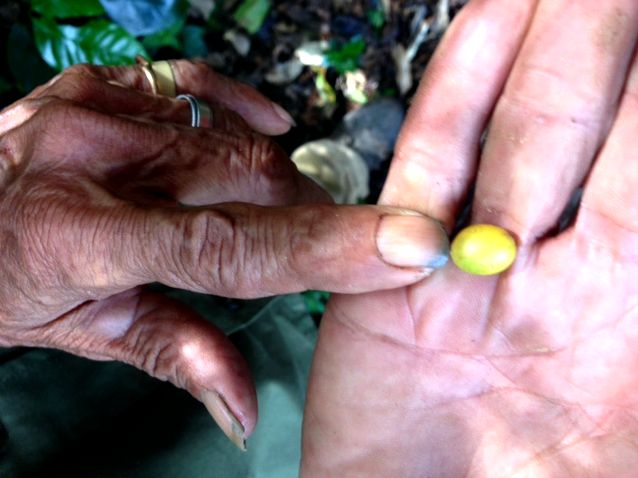
Harvest is October 25, he tells me. By April, they you will have to export the coffee to Canada. Finca Magdalena is part of a co-op comprised of 26 families. There is a inclination to produce 500-600 kilos yearly for Canada. This year, the event is less. He estimates it may be 150 quintales among the 500 manzanas (350 hectares).
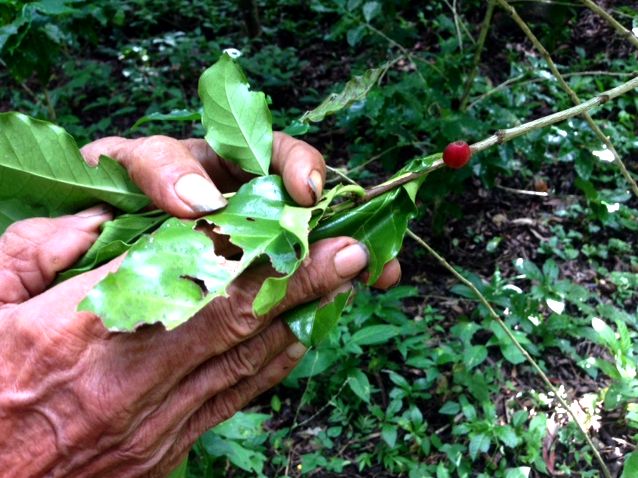 To enhance production, they recently grown citrus trees to help nourish the coffee shrubbery. Passing using the lime and mandarin orange trees, Don Elio scrunches up a leave from each to create the aroma and places his hands under my nose. The farm also produces wheat, grain and bananas, though I only start to see the citrus trees incorporated while using coffee in my one-hour tour.
To enhance production, they recently grown citrus trees to help nourish the coffee shrubbery. Passing using the lime and mandarin orange trees, Don Elio scrunches up a leave from each to create the aroma and places his hands under my nose. The farm also produces wheat, grain and bananas, though I only start to see the citrus trees incorporated while using coffee in my one-hour tour.
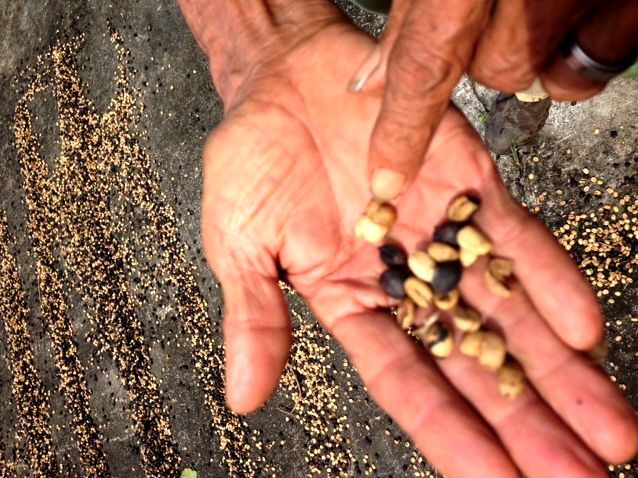 The finca doesn’t export everything it harvests. They classify the beans just like a, B, and C. C can be a lighter colored bean, referred to as sardina. B is black, and referred to as pelota or ball. A may be the finest. Several 20 youthful women with sharp vision and nimble fingers lead to qc. On wooden ledges with three holes, they sort the A, B and C beans.
The finca doesn’t export everything it harvests. They classify the beans just like a, B, and C. C can be a lighter colored bean, referred to as sardina. B is black, and referred to as pelota or ball. A may be the finest. Several 20 youthful women with sharp vision and nimble fingers lead to qc. On wooden ledges with three holes, they sort the A, B and C beans.
Furthermore for the team working qc, the harvesting can be a team approach. Four people usually interact to find the beans within the plants here. Then, they should be sun-dried for just about any month. Walking through La Magdalena, you catch sights in the different beans drying on basketball-court-sized areas.
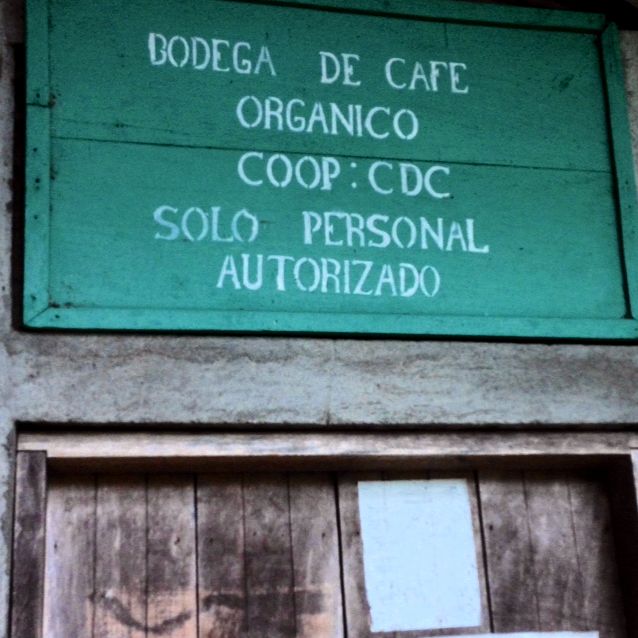
Different ways of qc include preserving your shrubbery from getting too tall. Don Elio explains the taller they grow, the drier the bean is generally. So they periodically cut them lower close to two foot high. Additionally, the presence of the coffee plant is measured. After two decades, virtually, they dig them up, or cut them way lower and enable new, fresher growth. Don Elio calls the tall plants borbon, as well as the shorter ones are caturra. Borbon might take four years to produce the truly amazing beans, and caturra is about yearly shorter. Each plant produces about two kilos of beans yearly
Similar to farms in Nicaragua, this plantation is organic, and so they seek techniques to incorporate waste. For example, leaves as well as the shells/skin become mulch. Don Elio explains that coffee grows best at greater altitudes. La Magdalena is quite close to one of the two volcanos relating to this island, where the top peak sits of a mile above sea level. In addition, the organic coffee plants need no less than seventy five percent shade. This part of Nicaragua is graced with blankets of gorgeous ceiba trees that have sprawling roots and plush canopies.
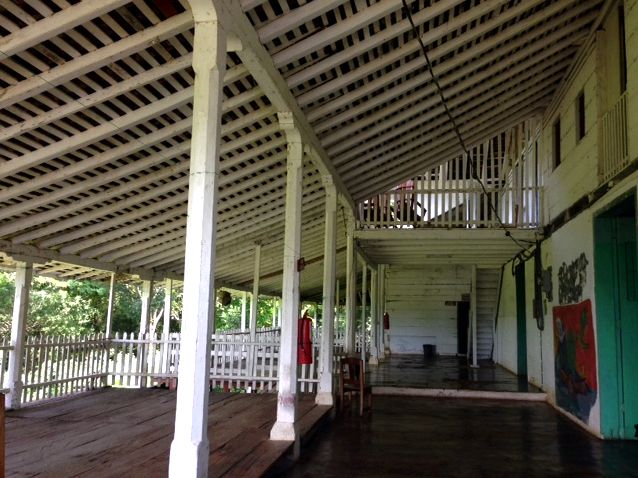 While La Magdalena welcomes visitors to several 60 or 90 minute around their plantation, many choose to stay for a few nights. The main cedar plank plank-built plantation house, is about 130 years old. Meals is offered around the large shaded veranda. According to your thing and budget, you’ll be able to pick from hammocks, to non-public cabins. Meals change from $1.50 to 10 dollars.
While La Magdalena welcomes visitors to several 60 or 90 minute around their plantation, many choose to stay for a few nights. The main cedar plank plank-built plantation house, is about 130 years old. Meals is offered around the large shaded veranda. According to your thing and budget, you’ll be able to pick from hammocks, to non-public cabins. Meals change from $1.50 to 10 dollars.
Employees might also coordinate day tours for visitors for the volcanos, petroglyphs or waterfalls.
Resourse: http://blog.mysanantonio.com/travel/2017/02/coffee-plantations-in-nicaragua-part-1-ometepe/
